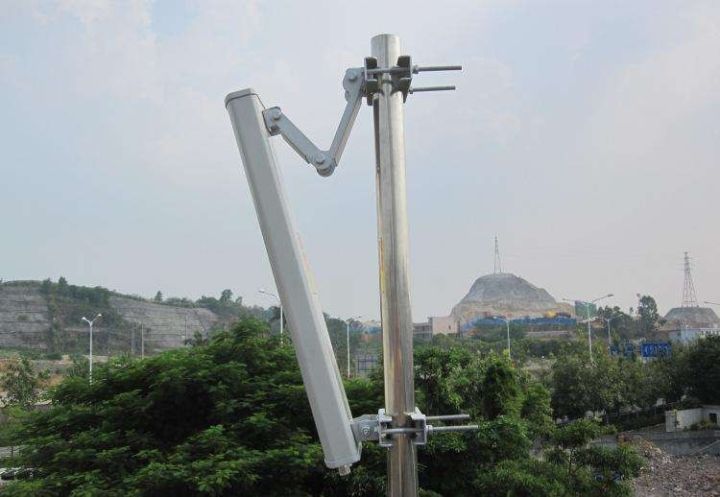Communication Antenna
Nov 24, 2023
May 9, 2020
A communication antenna is a device designed to transmit and receive electromagnetic signals for communication purposes. It is a crucial component in various communication systems such as radio, television, cellular networks, satellite communication, and wireless communication.
There are different types of communication antennas, each with its own design and functionality. Some common types include:
Dipole antenna: A dipole antenna consists of two conductive elements that are symmetrically aligned and energized with an alternating current. It is one of the simplest and most common antenna types, used for a wide range of applications, including radio broadcasting, Wi-Fi networks, and amateur radio.
Yagi antenna: The Yagi antenna, also known as a Yagi-Uda antenna, is a directional antenna with multiple elements arranged in a specific pattern. It is commonly used for long-distance communication or point-to-point communication. Yagi antennas are widely employed in TV reception, wireless communication, and radar systems.
Parabolic reflector antenna: This type of antenna uses a parabolic reflector, which is a curved surface that reflects and focuses electromagnetic waves. The reflector is usually a metal dish, and it gathers incoming radio waves and directs them towards a small feed antenna at its focal point. Parabolic reflector antennas are commonly used in satellite communication systems and microwave links.
Patch antenna: Patch antennas are low-profile antennas made of a flat radiating patch and a ground plane. They are typically used for applications such as wireless communication, RFID systems, and GPS devices. Patch antennas are often found in smartphones, tablets, and wireless routers due to their compact size and ease of integration.
Helical antenna: Helical antennas are three-dimensional antennas with a helix-shaped wire wound around a central support rod. They are known for their circular polarization and wide bandwidth capabilities. Helical antennas find applications in satellite communication, RFID systems, and wireless microphone systems.
These are just a few examples of communication antennas, and there are many other types available, each with specific advantages and applications. The selection of an appropriate antenna depends on factors such as the desired frequency range, coverage area, directivity, and environmental constraints.

 Role of the plate antenna
Jan 08, 2024
May 9, 2020
Role of the plate antenna
Jan 08, 2024
May 9, 2020
 What are the characteristics of parabolic antennas?
Jun 13, 2024
May 9, 2020
What are the characteristics of parabolic antennas?
Jun 13, 2024
May 9, 2020